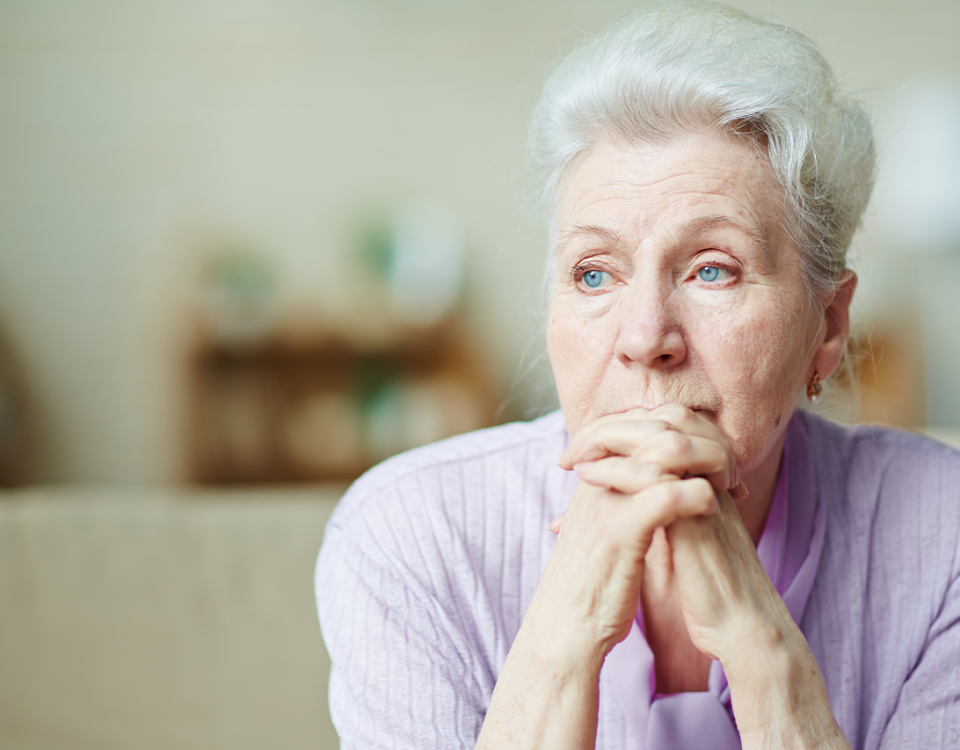A night out with friends can be the highlight of our weeks, yet many people won’t even remember it.
You arrive at the bar, order a round of shots, and the next thing you know, you wake up in bed. You could have a pounding headache and a hankering for relief, such as from greasy food, IV fluid treatment, or the old hair of the dog that bit you (aka more alcohol.) Sadly, that gap of understanding can easily become the cause of a serious health emergency if not considered beforehand. Banyan’s Massachusetts Addiction Treatment Center explores the stages of being drunk.
What Is Being Drunk?
Being drunk is a state of intoxication caused by alcohol consumption that affects both physical and cognitive capabilities. The effects of alcohol on the central nervous system cause a variety of changes in behavior, mood, and coordination in those who drink. The symptoms of being drunk may include relaxation, euphoria, slurred speech, poor judgment, and reduced motor abilities. There are numerous stages of getting drunk, from a moderate feeling of inebriation with little side effects to a more severe condition marked by unconsciousness and possibly even death. In order to ensure the well-being of oneself and others, responsible drinking entails knowing one's boundaries, recognizing the possible repercussions of excessive alcohol intake, and making educated decisions.
First Thing to Consider: What Is Blood Alcohol Concentration (BAC)?
Also referred to as blood alcohol content/level, blood alcohol concentration (BAC) refers to the percentage of alcohol in a person’s bloodstream. For example, a BAC of .10% indicates that the individual’s blood contains one part alcohol for every 1,000 parts of blood. How much drinking it takes to reach that will depend on several factors, including the drinker’s sex and weight, as well as the alcohol content of what they are drinking.
For reference, the standard drink sizes/alcohol content is as follows:1
- Regular beer: 12 oz = Approx. 5% alcohol
- Malt liquor: 8 to 10 oz = Approx. 7% alcohol
- A glass of table wine: 5 oz = Approx. 12% alcohol
- Shot of distilled spirits (gin, rum, vodka, tequila, whiskey, and others): 1.5 oz = Approx. 40% alcohol
As stated before, the physicality of the person drinking will also play a part. What is most important is to recognize the stages of intoxication as they present themselves so that if someone near you is presenting signs of a more dangerous level, something can be done sooner rather than later.
The Recognized Stages of Getting Drunk
Kurt Dubowski of the University of Oklahoma Department of Medicine identifies the seven recognizable stages of drunkenness, how they can appear, and what exact BAC is present per 100 mL of alcohol at the time of these signals.2
Subclinical
With a BAC of 0.01 to 0.05, individuals will likely not visually exhibit any apparent signs of intoxication. People frequently don't show obvious indicators of intoxication to other people when their blood alcohol content (BAC) is between 0.01 and 0.05. They may appear sober while consuming alcohol, as the effects are often low at this level. Even at these lower BAC levels, cognitive functioning and reaction times can still be impacted, even though coordination and speech may not exhibit noticeable abnormalities. People may feel somewhat euphoric or relaxed during this early stage of alcohol use, and their inhibitions may be slightly lower. It's important to realize that alcohol can impair judgment and decision-making abilities even at lower levels, despite the seeming sobriety. This emphasizes the need for caution when engaging in activities that need focus, like driving.
Euphoria
Enhanced sociability, self-confidence, and decreased inhibitions can present themselves. A BAC of 0.03 to 0.12 can also result in some sensory-motor impairment, as well as a loss of performance efficiency when being administered a sobriety test. These people are likely still able to enjoy the environment around them with a bit more self-assuredness than they had before drinking, meaning euphoria is the stage in which people feel that well-known and pleasant buzz.
Excitement
0.09 to 0.25 BAC can produce a greater level of emotional instability, blurred vision, and slurred speech and can be the level at which vomiting and other physical symptoms become more likely. This range represents a significant increase in intoxication, and it is at this point that vomiting and other physical symptoms are more likely to manifest. There is a greater chance of accidents and injuries due to the more noticeable effects on motor skills and coordination. Furthermore, the likelihood of impaired judgment and decision-making increases, highlighting the significance of acknowledging the amplified impacts of alcohol within this blood alcohol content range and the necessity for people to use caution and abstain from tasks requiring precise concentration or focus.
Confusion
Should an individual still be in a public setting, those around them may notice them dealing with a greater sense of dysphoria and disorientation. At blood alcohol levels of 0.18 to 0.30, the heightened pain threshold makes this stage even more dangerous, as a person could get severely injured and not even realize it yet. Communication becomes increasingly difficult in this state, and the chance of engaging in unsafe actions or accidents increases. It is critical for everyone around a person in this situation to be vigilant and seek help as soon as possible, understanding the potential dangers linked with their impaired state. In the event of an accident or to protect the person suffering from severe alcohol intoxication, responsible bystander involvement could prove extremely important.
Stupor
A blood alcohol concentration of 0.25 to 0.40 will be marked by an even more impaired reaction to external stimuli. The individual can appear to be in a deep sleep while also suffering from possible incontinence. If they are unable to even stand or walk to where they need to go, medical intervention could be necessary to avoid the following two stages.
Coma
At a 0.35 to 0.50 blood alcohol content, the individual will be completely unconscious, with an abnormal body temperature. This level of intoxication poses severe risks as it can lead to the impairment of essential physiological systems, including the respiratory and circulatory systems. Such impairment significantly increases the likelihood of a life-threatening situation, underscoring the critical nature of the situation. At this BAC range, the potential for fatal outcomes becomes a serious concern, highlighting the urgent need for medical attention and intervention to prevent further deterioration and ensure the individual's well-being.
Death
Just as the name suggests, a blood alcohol level of 0.45 or greater will, in most cases, almost certainly lead to death from respiratory arrest. What is important to note is that this stage is completely preventable, but only if the proper interventions are in place. Going out drinking alone or in any kind of damaging environment can result in the individual losing track of how much alcohol they are consuming. Additionally, how socially acceptable drinking and intoxication are can play a part as well.
How Long Does Being Drunk Last For?
The amount of time spent intoxicated varies greatly throughout people and is impacted by various factors. The main factor is how quickly the body breaks down alcohol; on average, this process takes one normal drink per hour. But depending on things like age, weight, metabolism, and general health, this might change. The effects of alcohol also depend on the user's tolerance level and the quantity ingested. An individual who consumes alcohol at a modest dose may experience drunkenness for several hours. It's crucial to remember that even after the initial effects of alcohol may wear off, a person may still experience long-term damage to their cognitive and motor abilities.
Furthermore, the kind of alcohol ingested might affect how long one is intoxicated. Higher alcohol content drinks will typically cause you to stay intoxicated for longer. How long someone stays intoxicated can also be influenced by their degree of hydration, food consumption, and the presence of any drugs or chemicals in their system. At the end of the day, how long one stays intoxicated is quite personal, and the best way to reduce the risks connected with alcohol use is to drink responsibly and be conscious of one's tolerance.
Banyan Is Here to Help
If a person is constantly walking the lines between the more dangerous stages of being drunk, then there is likely a greater issue at play. The more times that we drink heavily, the more likely we will need to increase the number of beverages the next time we want to get drunk. Some find even a warped sense of empowerment by coming out of these dangerous situations alive and using it to excuse their next stupor. If an individual is caught in this cycle, they will never truly know what will happen. This is where our Massachusetts rehabs come in.
Our Banyan rehab near Boston offers addiction treatment for those in need of intervention and rehabilitation from alcohol.
Don’t let alcohol cause any more damage. To learn more about treatment options, Call Banyan Treatment Centers Massachusetts at 888-280-4763 today.
Sources:
- NIH: What Is a Standard Drink?
- Dubowski, Kurt. (2019): Stages of Acute Alcoholic Influence/Intoxication









